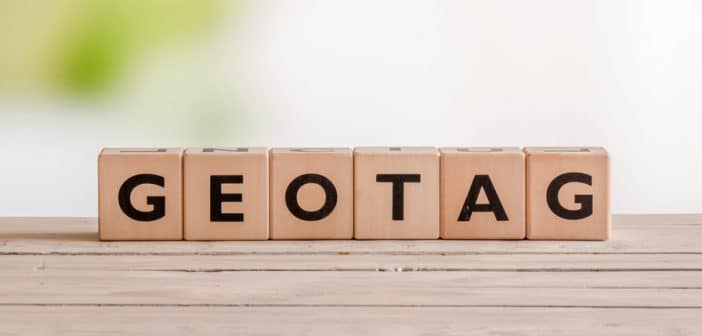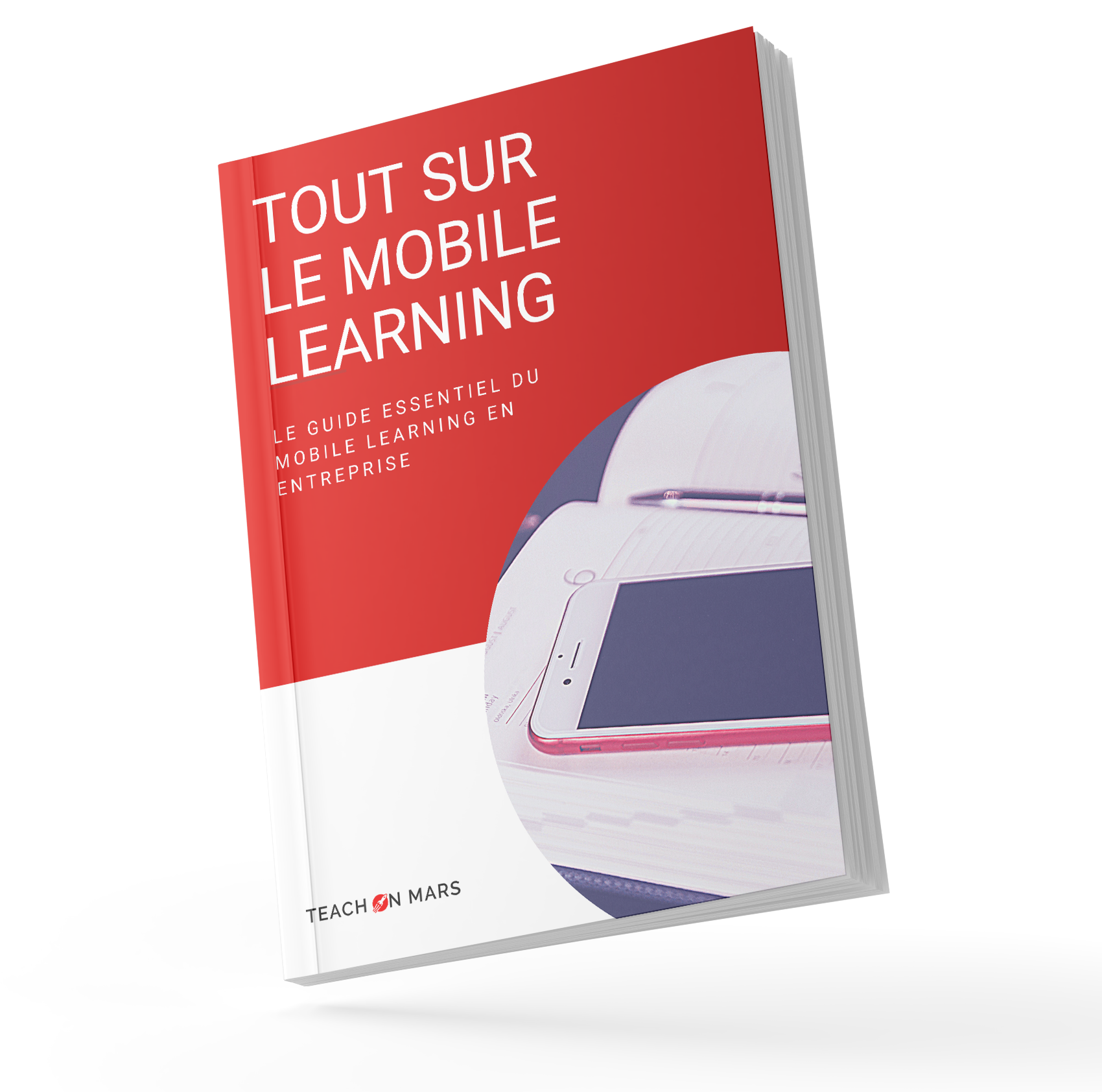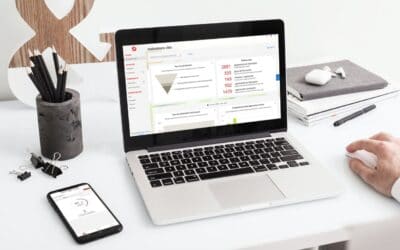You get in a department store, your cell phone rings. This is a welcome message! You keep moving forward and dwell in front of a shelf. New post: this time, a voucher on the product you are staring at! This is enough to convince you that you are at the right place!
The use of smartphones is growing and some marketers have found a way to take another advantage of it: use the Bluetooth capabilities of these devices to identify, locate and tease people in their shops. To do this, they simply install beacons!
What is a beacon and how does it work?
A beacon is a small, low-powered, durable and low-cost piece of hardware that radiates Bluetooth Low Energy (BLE) signals. These signals aim at waking up compatible apps installed on smartphones and tablets within a range of about 50 meters. Developers design mobile applications with location-based actions and notifications i.e. actions and notifications that are triggered when they are within range of the related beacons.
When did these small but sturdy signposts appear? …
Apple pioneered the use of beacons. In 2013, the group started to equip all of its some 250 US Apple Stores, before extending their use to their international points of sale. Since then other retailers have followed, Macy’s chain and American Eagle Outfitters to name a few.
… And how long will they last?
The market potential is huge. According to some ABI Researches, it is estimated that over 800 million smartphones will use the indoor geo-location by 2018. This will become as common as the GPS today.
What about privacy, one might ask?
The use of beacons should not be too intrusive. A balance needs be created, not to drown smartphone holders under a barrage of messages and promotional offers, as much as many applications already send notifications to their users. Privacy worries are valid, but as long as beacon programs are optional, consumers are receptive.
How could beacon serve mobile learning? …
Beacons may be used to create proximity-based learning applications. Let’s imagine visiting a museum. We place beacons around the museum, and develop a learning app that allows visitors to get extra information on their phones as they walk around the exhibits. Beacons may also allow unlocking contents based on the context, where the training takes place: a factory, a building in the case of employees on boarding programs. With beacons, trainers can set up educational track games, with the release of activities when learners are at the right physical place. There are many options!
… And how will beacons serve Teach on Mars applications?
The answer in the pictures below, taken during Teach on Mars workshop held on Wednesday at the “Solution RH” forum! Nicolas and R2D2 animated the galactic stand G42 at the Solution RH forum with the use of beacons to boost Teach on Mars mobile learning applications. A beacon scotched to the approaching robot triggered the action of releasing a training module when Nicolas and his smartphone were in sufficient distance.
A highlighting innovative moment!
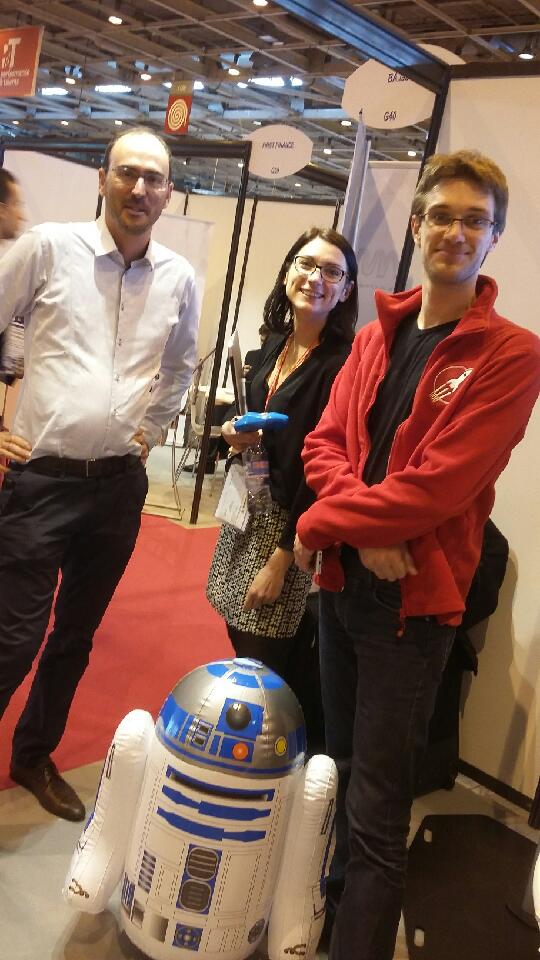 |
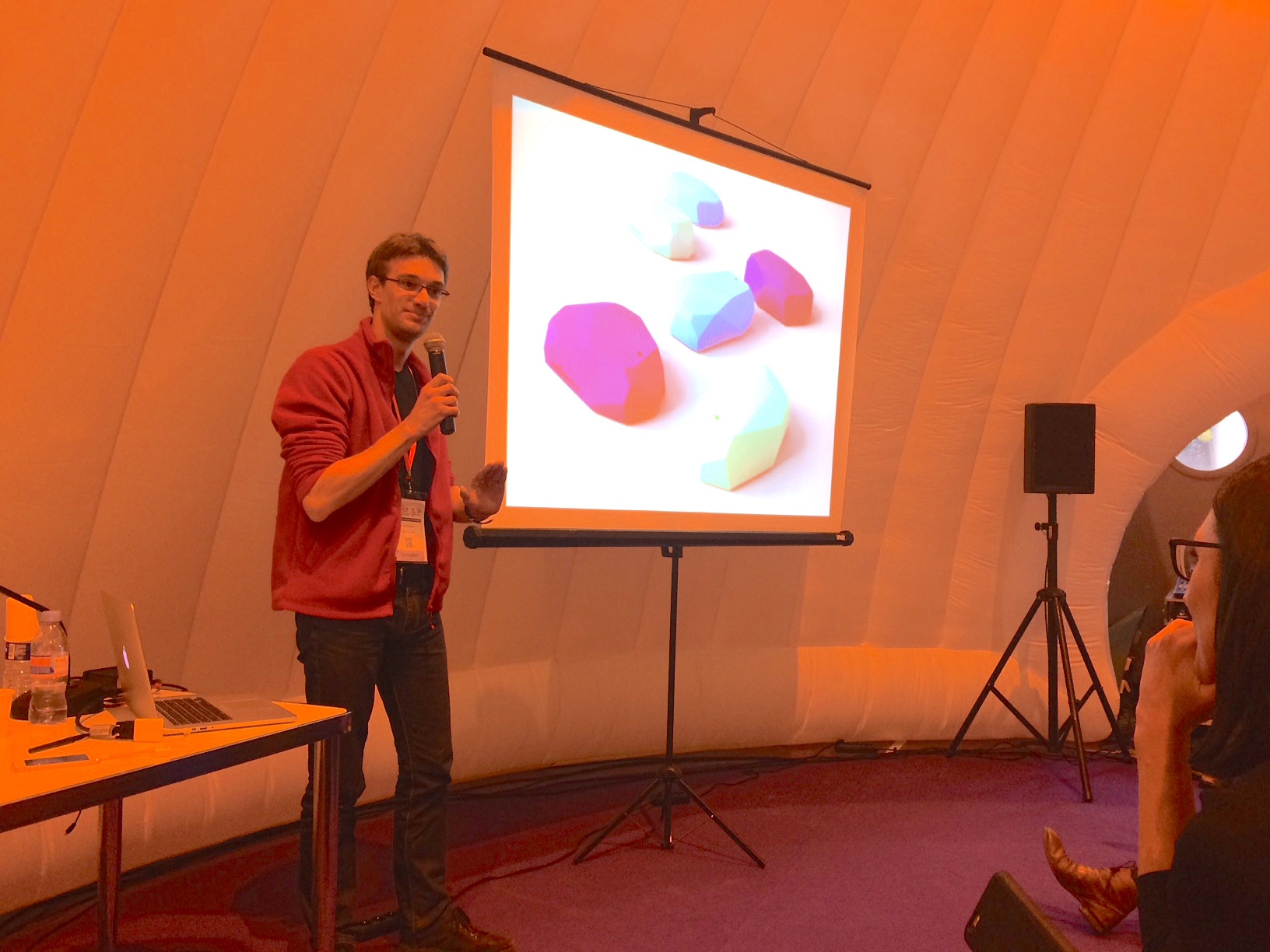 |
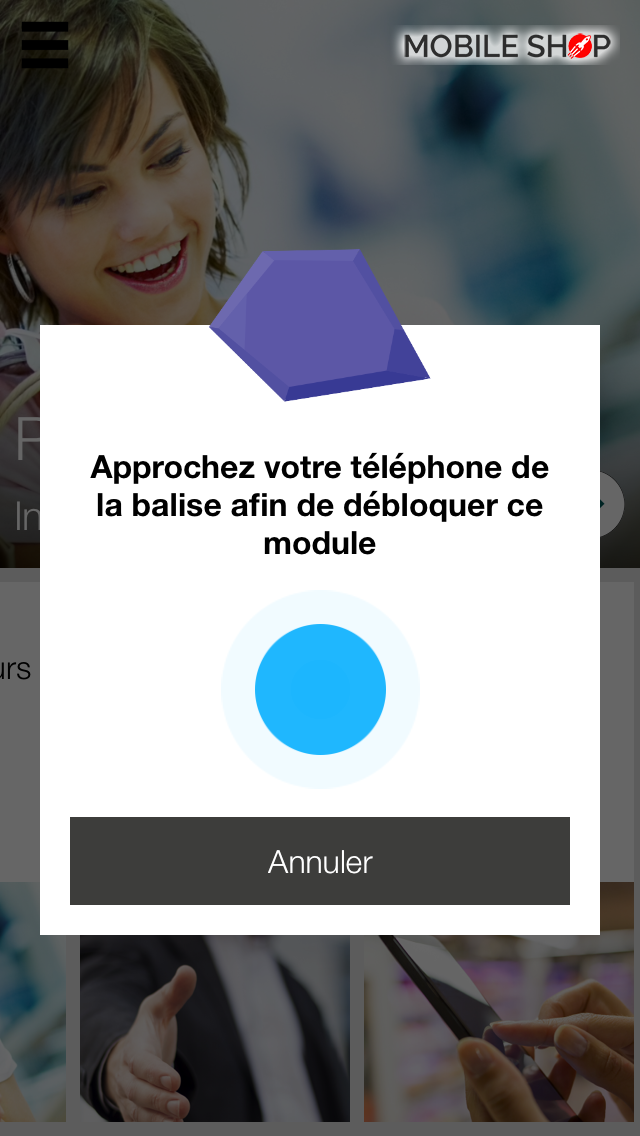 |

Diplômée d’école de commerce et passionnée par les innovations du numérique, Noémie a enfilé son scaphandre et rejoint l’équipe Teach on Mars au poste de Content Manager. Elle intervient en marketing et événementiel tout en contribuant à Teach on Earth, une initiative sociale et environnementale.

